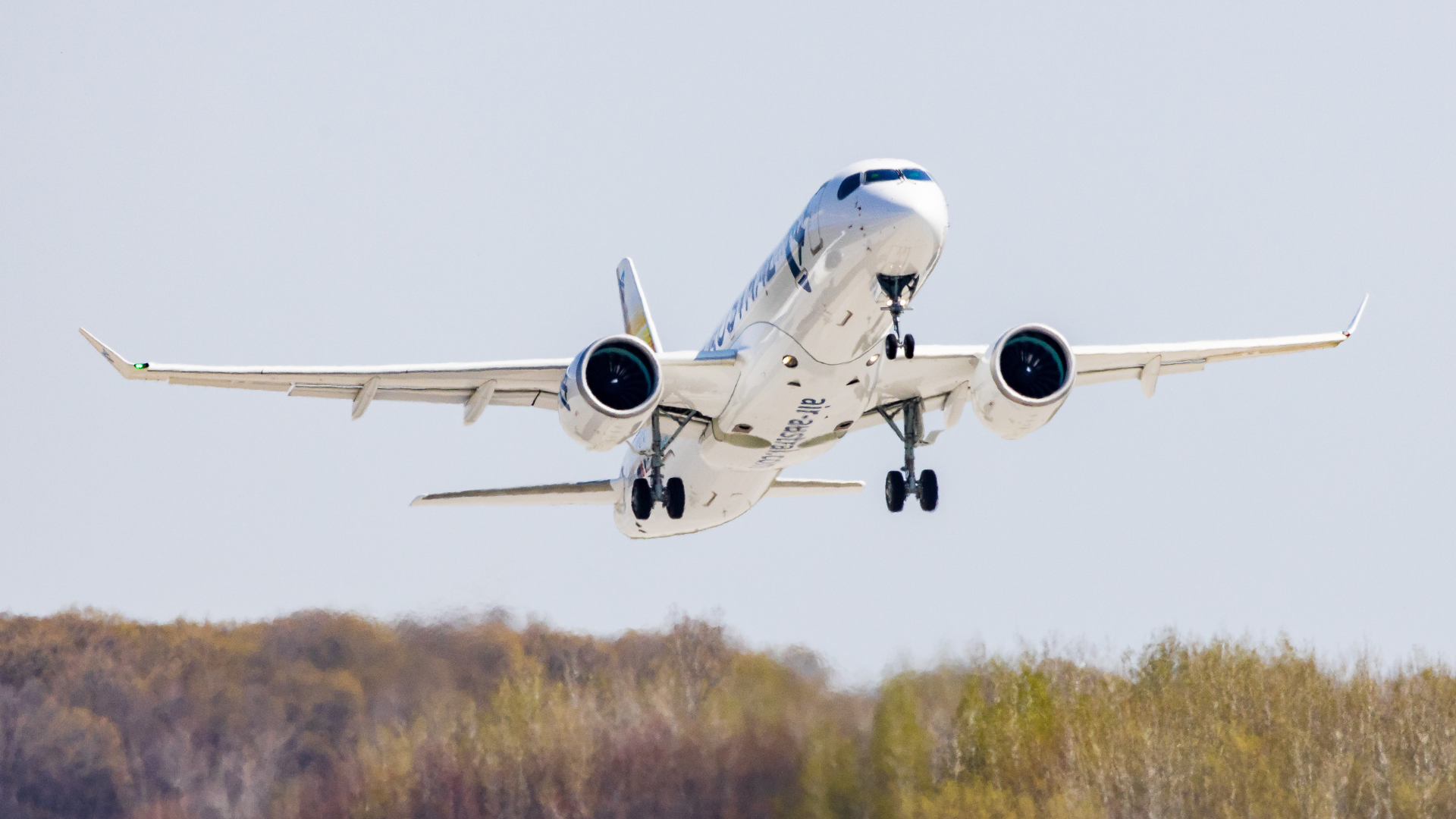
With global aircraft deliveries declining and with orders too significantly down, ADS Aerospace Policy Adviser, Tom Oldham outlines the issues faced by the UK aerospace sector and what this means for the future.
Recent figures published by ADS have revealed that just 98 aircraft were delivered in November 2024, with total aircraft deliveries down 10% in the first eleven months of this year. Similarly, the global commercial aircraft backlog stands at a near record 15,822, only very slightly lower than October’s figure.
Global orders too have recently slumped by two thirds after two years of post-pandemic recovery. Despite leading the rebound, orders for single aisle aircraft are down significantly year-on-year as bottlenecks in the supply chain result in extremely long waits – now more than a decade.
Grounded ambitions – unpacking a challenging manufacturing environment for UK aerospace
Global delivery figures are continuing to decline as efforts to increase production coincide with an increasingly challenging manufacturing environment. Here in the UK, it is under particular strain as a result of endemic supply chain issues, affecting the sector’s ability to ramp-up production.
Supply chain disruption:
Problems in the UK supply chain have chiefly been caused by workforce shortages, issues with obtaining raw materials like non-Russian titanium, and an increasingly volatile geopolitical environment, whether that be as a result of the threat of tariffs, wars in the Middle East and Ukraine or as a result of increased energy and fuel costs. Geopolitical factors are a reminder that the UK’s aerospace sector is not struggling in isolation, but highlights the importance of building resilience into our supply chains so the UK remains competitive as primes take those generational decisions about where to manufacture the next generation of aircraft. Crippling strikes in the US and Boeing’s wider troubles have only worsened the global situation, meaning that just 13 aircraft were delivered by Boeing in November, 77% down year-on-year.
Impact of workforce shortages:
Across the UK workforce, there are currently in excess of 10,000 vacancies, and ADS members have consistently indicated in surveys that workforce shortages are the most significant issue facing business operations. An ageing workforce, enforced lay-offs during the pandemic, and barriers to entry mean there is a critical shortage of skills and institutional expertise within the UK’s aerospace sector post-Covid. Only by fixing these problems together can government and industry square the circle of high demand and low supply, ensuring the UK is able to capitalise on its reputation as a global leader in aerospace.
Access to finance:
Issues with accessing finance also continue to pose a challenge to smaller and medium-sized companies, given the intensive capital requirements and long-term investment cycles common to aerospace. These problems are undermining the sector’s ability to maintain existing workload and secure new work, risking the UK’s international competitiveness as business goes to countries like France, Germany, Spain and the US who have recognised this issue and introduced funding support measures for civil aerospace. The UK Government should therefore seize the initiative and work with industry to support suppliers’ efforts to re-invest and recapitalise, ensuring innovation and long-term economic growth for the sector and wider UK economy.
What does this mean for airlines & passengers?
With supply chain blockages slowing the production of aircraft, the existing fleet is having to operate longer than many airlines had intended. This means more regular maintenance is required, which is itself also impacted by supply chain problems. Taken together, the net result – beyond the direct impact on the UK aerospace sector – is fewer routes, less choice and more expensive fares for passengers, underlining the importance of fixing these issues as an urgent priority.
What can the Government do to help?
With the global aircraft backlog worth at least £240 billion to the UK – or a decade’s worth of work – delivering the ramp-up represents a golden opportunity for the UK to lead the way out of this crisis. That means the Government should work together with the aerospace industry to address those challenges in the supply chain, the workforce and in relation to accessing finance.
It is on these metrics that the UK Government’s Industrial Strategy will need to deliver if we are to see the economic growth the UK so badly needs. Specifically, the Industrial Strategy should outline plans to unleash UK aerospace’s potential to drive growth, including through measures to build supply chain resilience (particularly among Tier 1 and 2 companies), deliver on the Government’s commitment to simplify the Apprenticeship Levy, and make provision for SMEs to access loans for longer terms at viable interest rates.
ADS welcomes that the Government has recognised aerospace as a key growth-driving sector, not least through the welcome recommitment to the Aerospace Technology Institute’s £975m funding envelope at the recent Autumn Budget. However, this recognition must be formalised through the associated Advanced Manufacturing Sector Plan. The record high global aircraft order backlog is illustrative of the growth opportunity for the UK in civil aerospace – and with ready-and-waiting demand, the Industrial Strategy must seek to address the UK’s role in supporting the long-term growth potential of the sector in 2025 and beyond.






